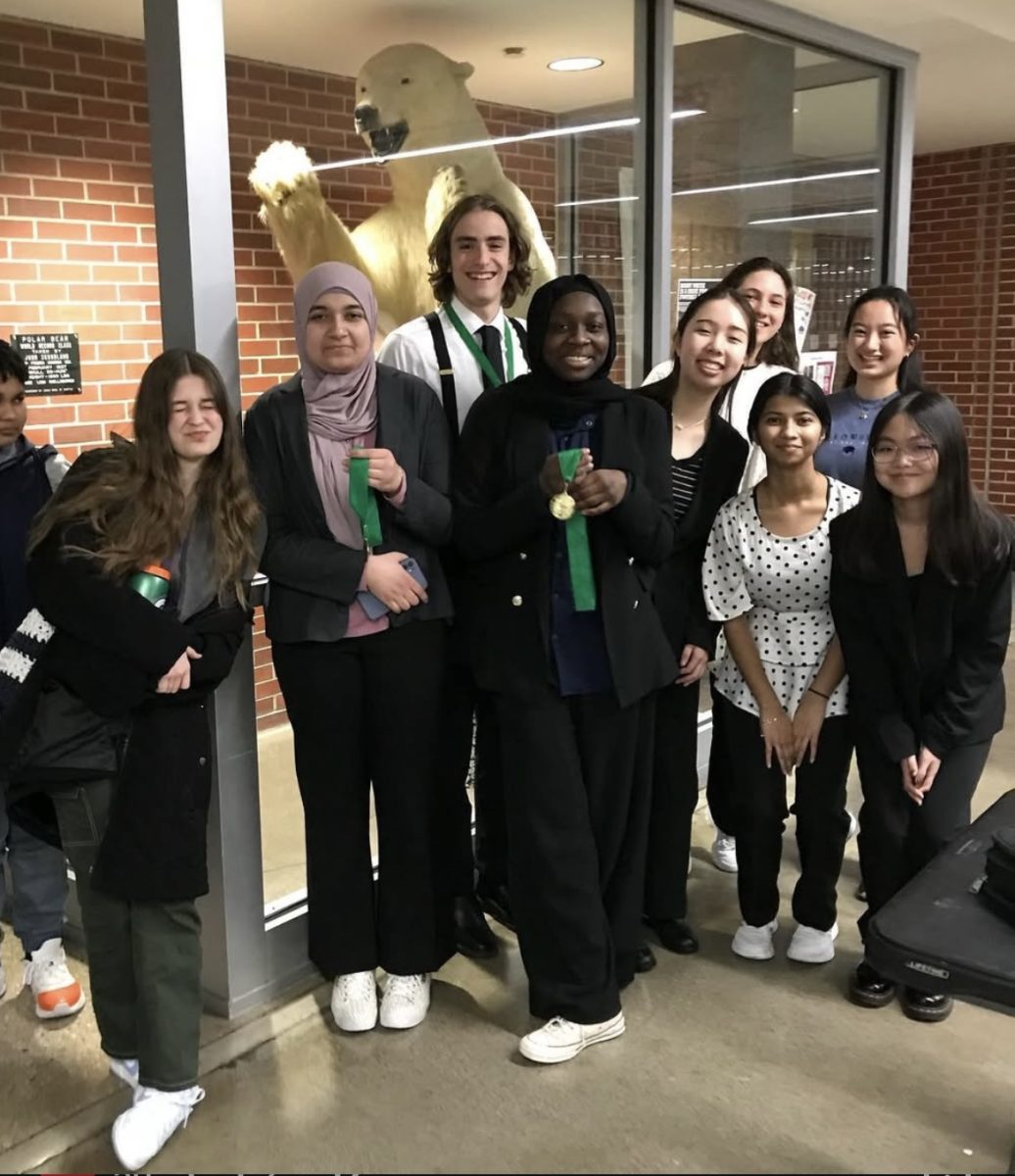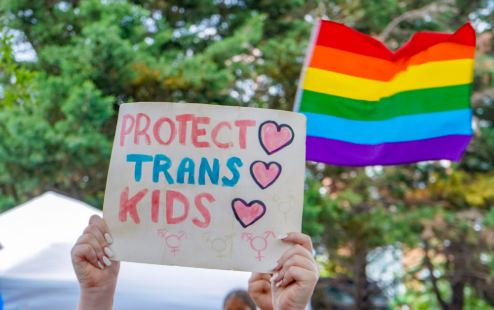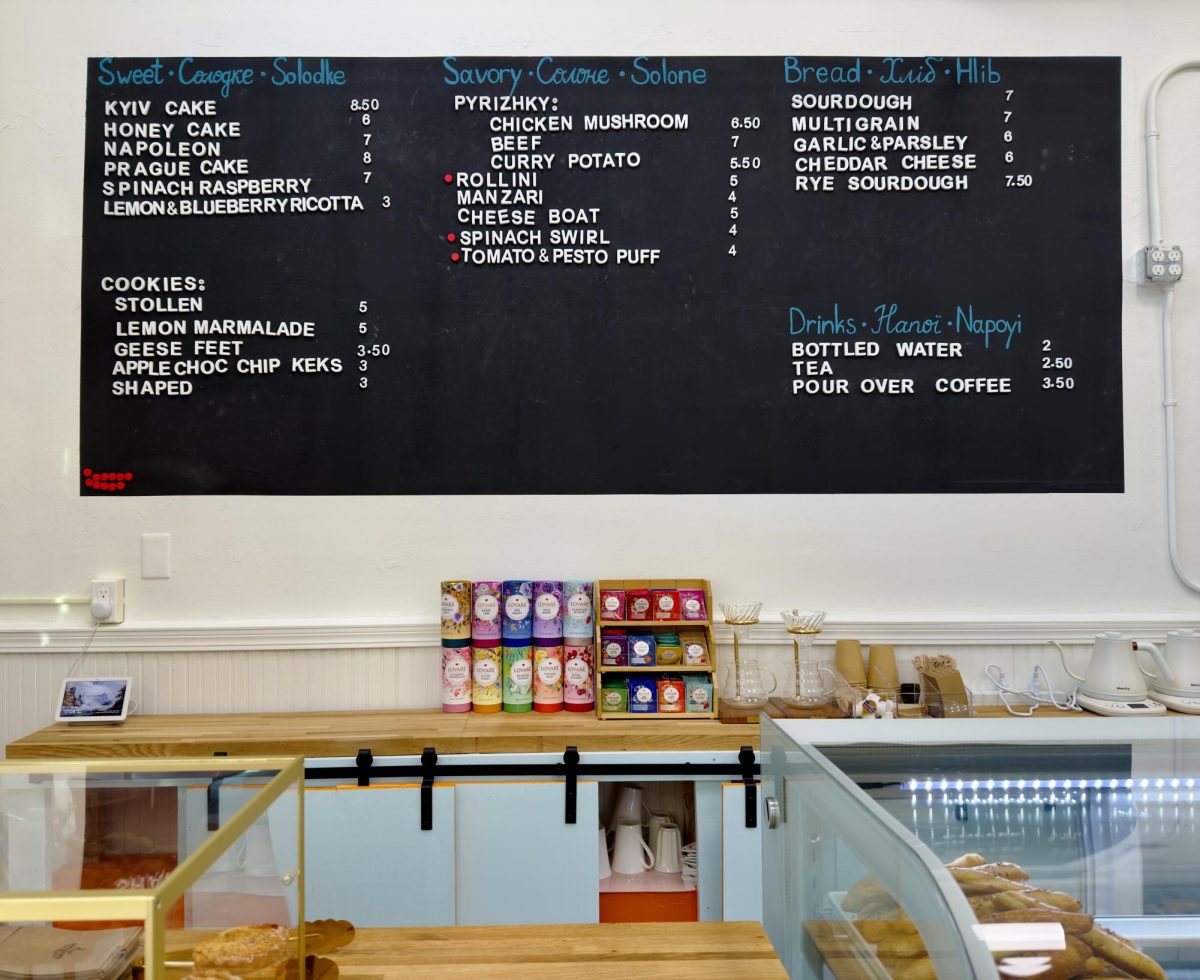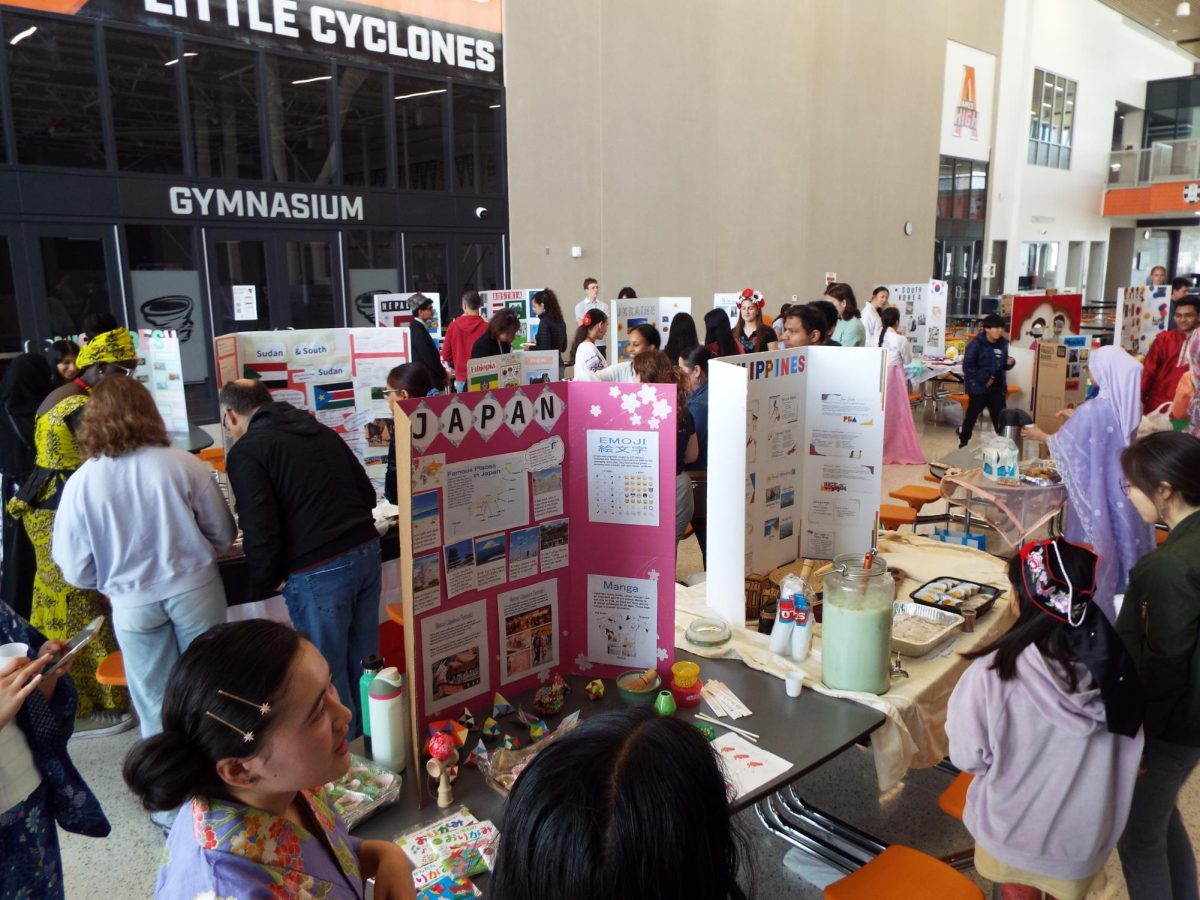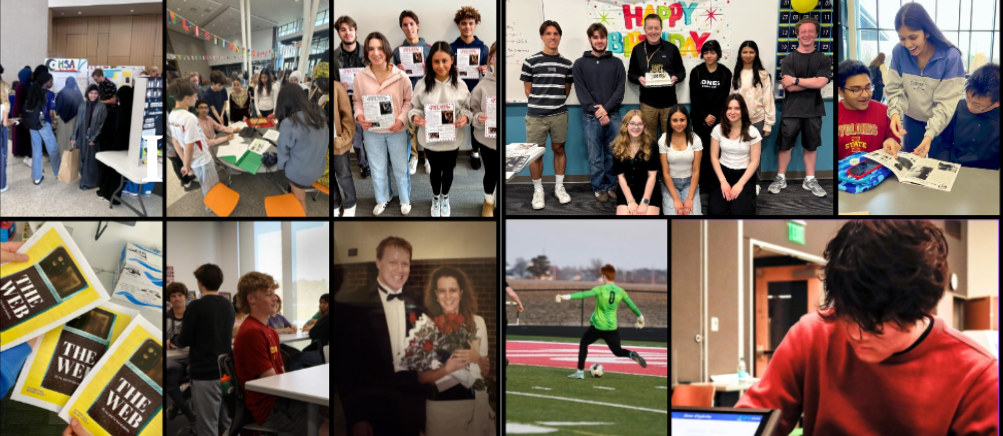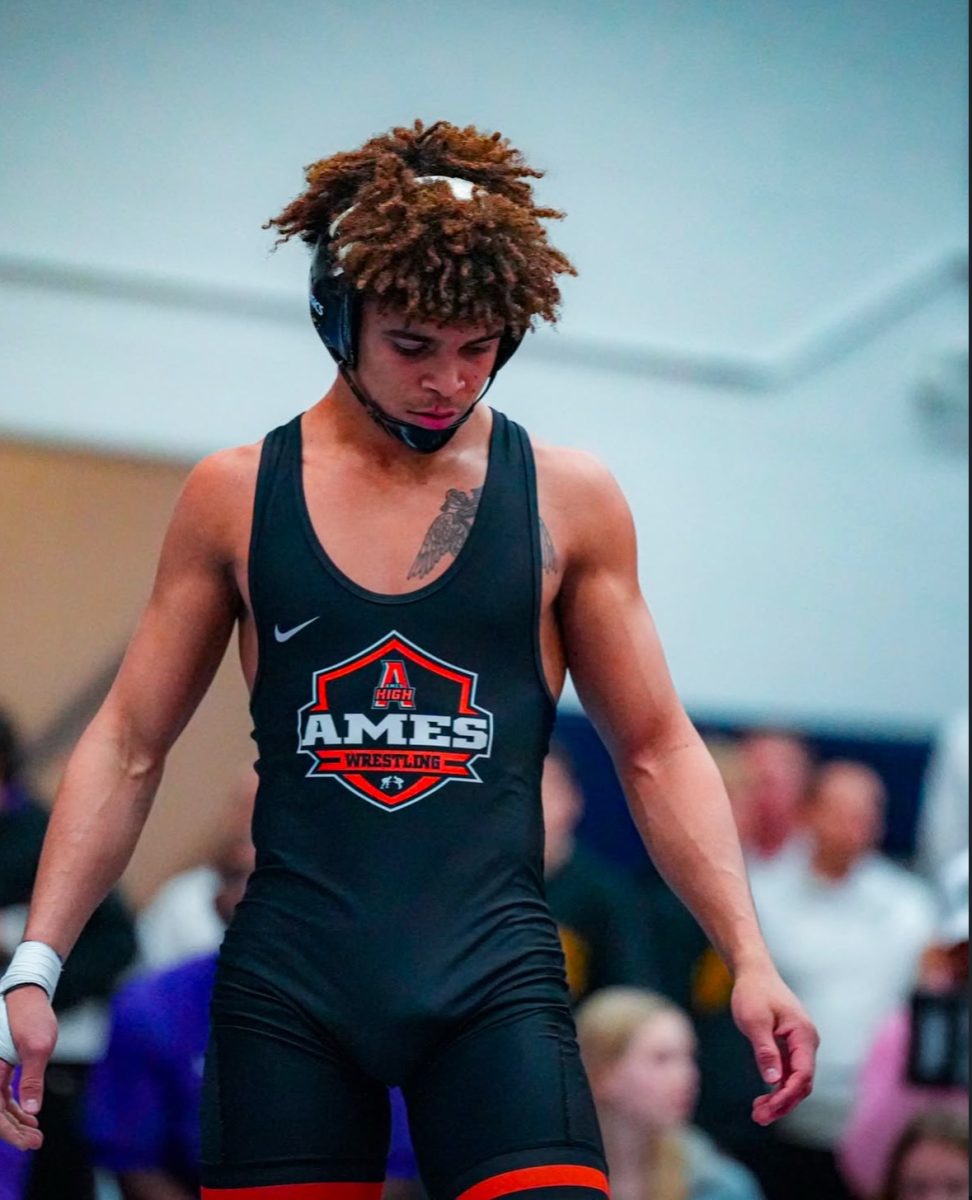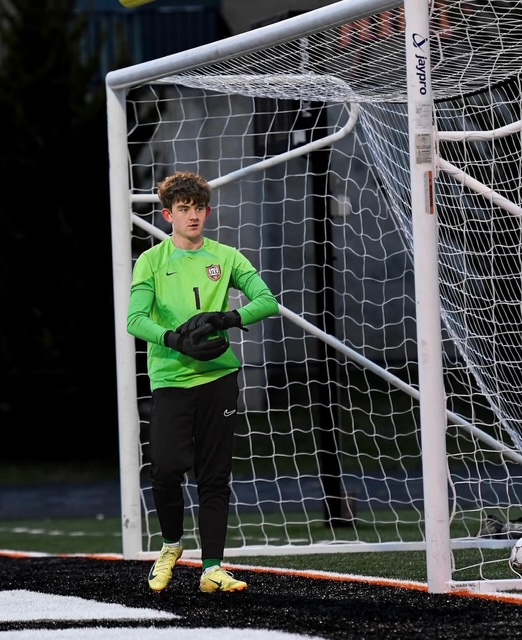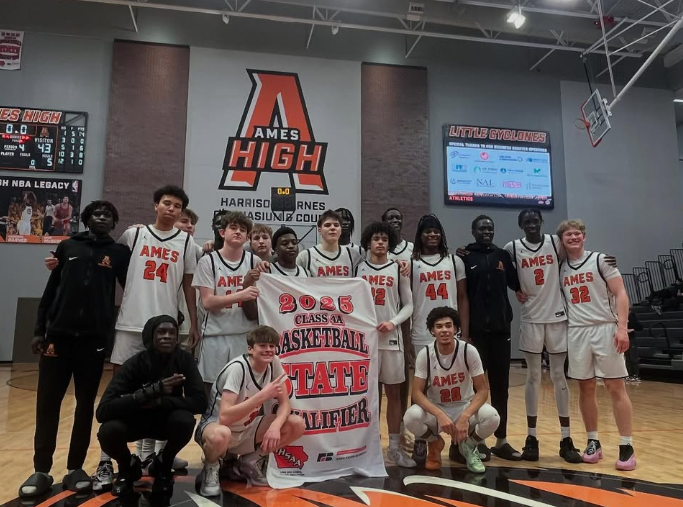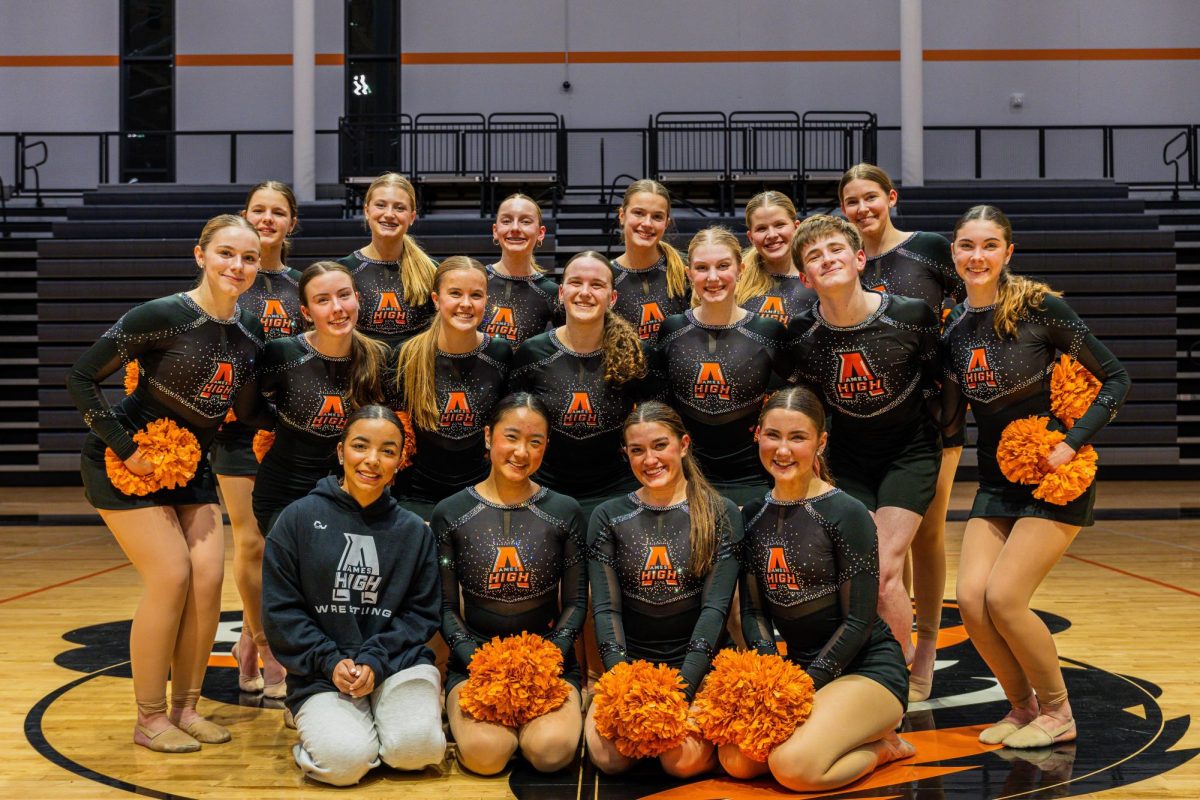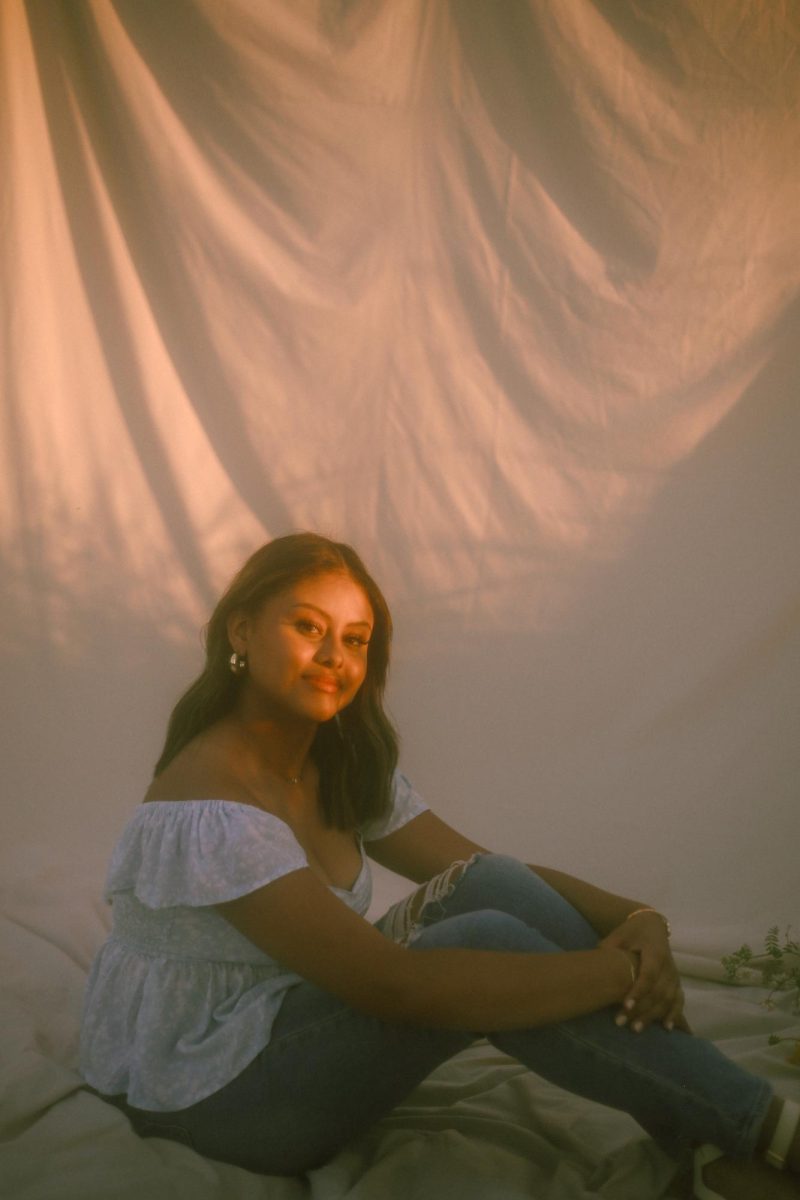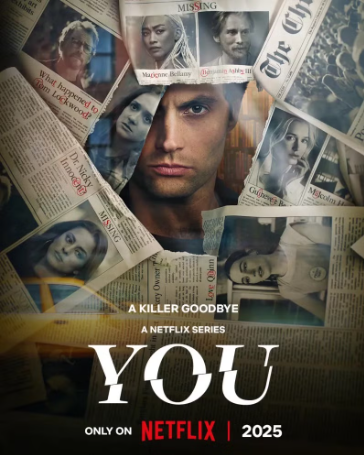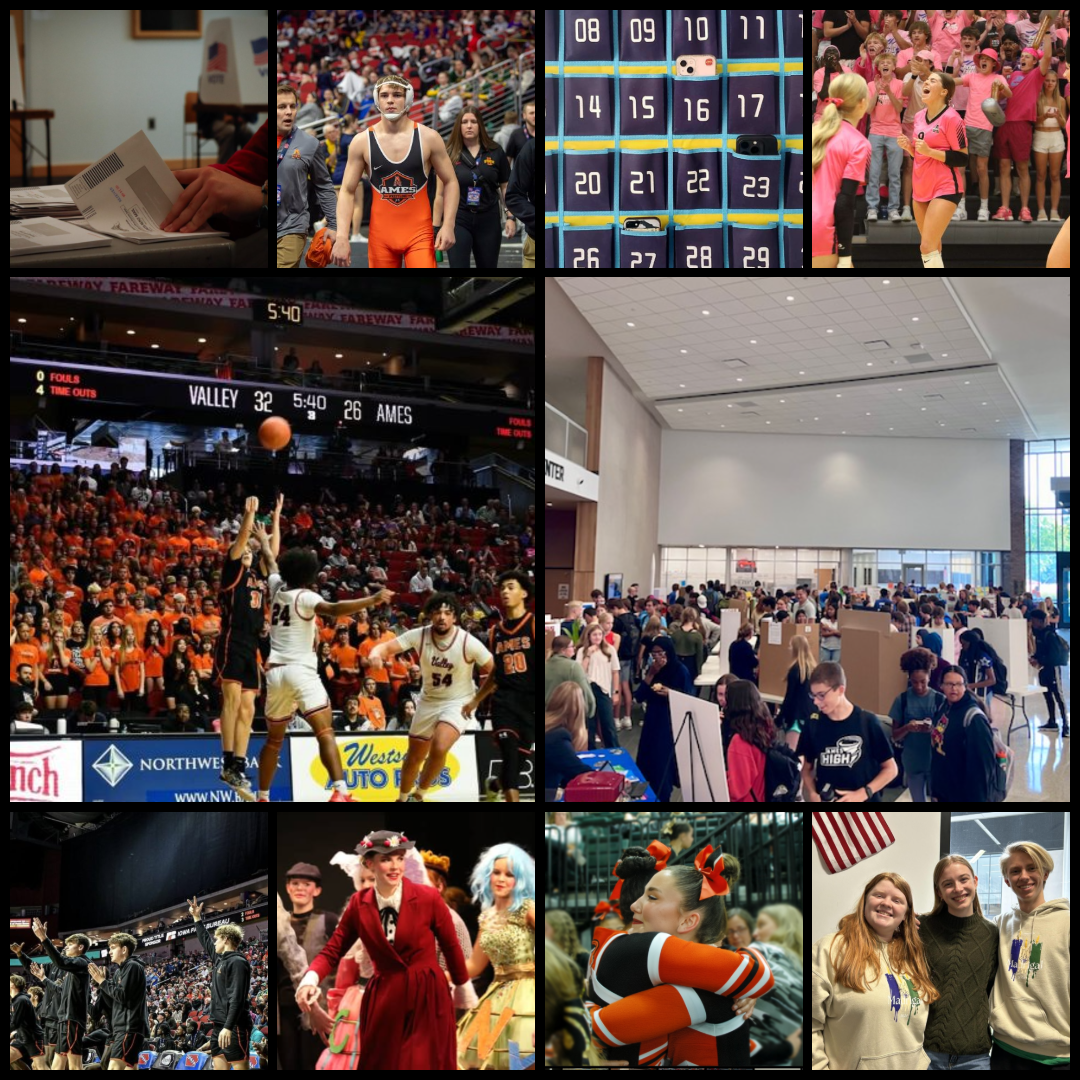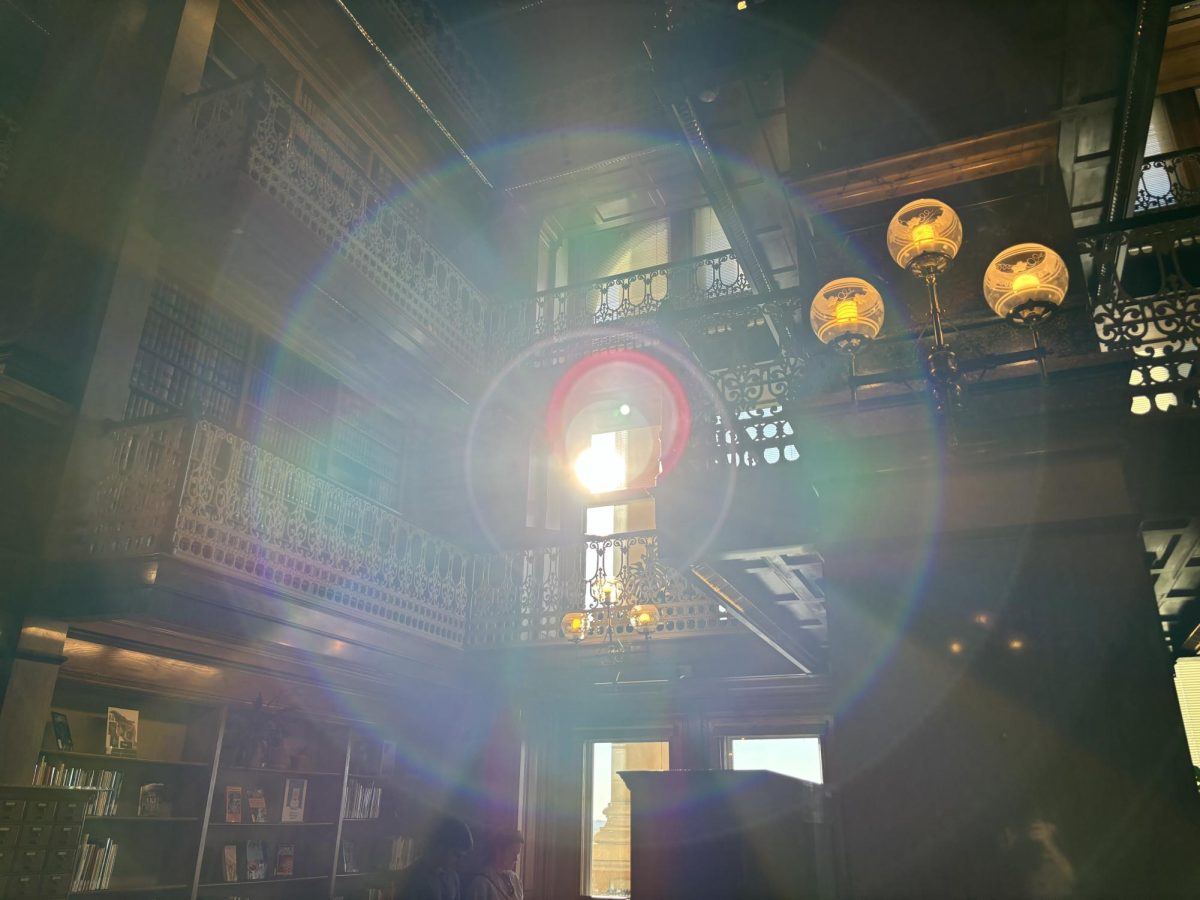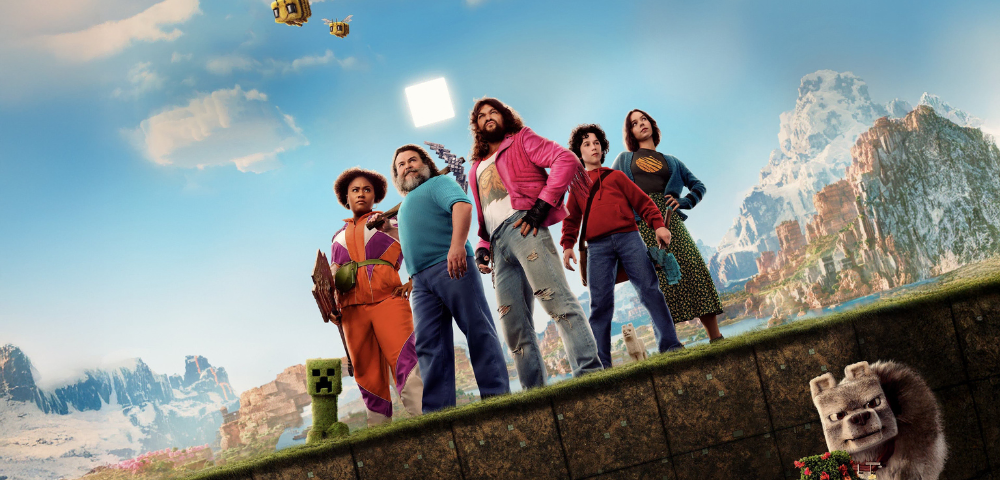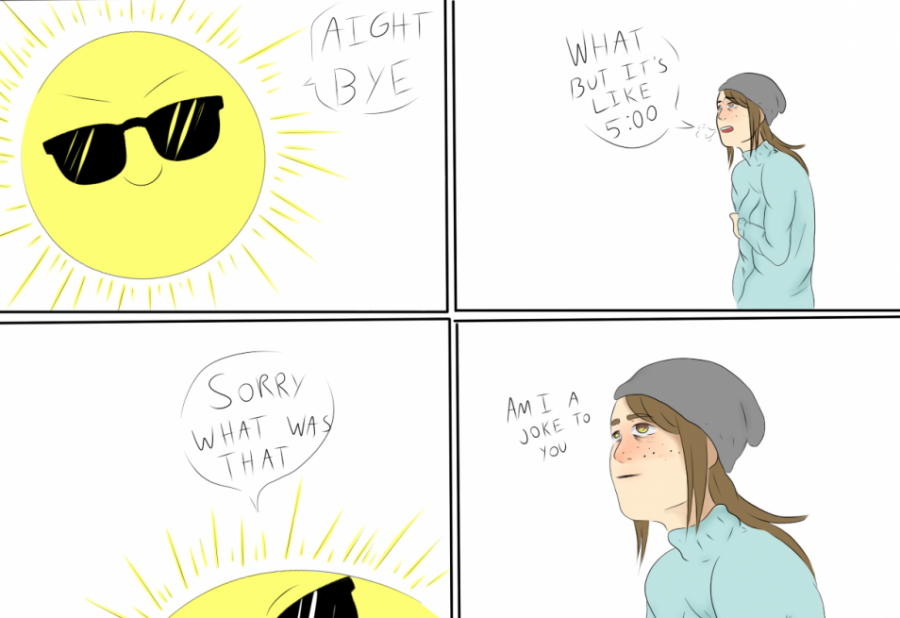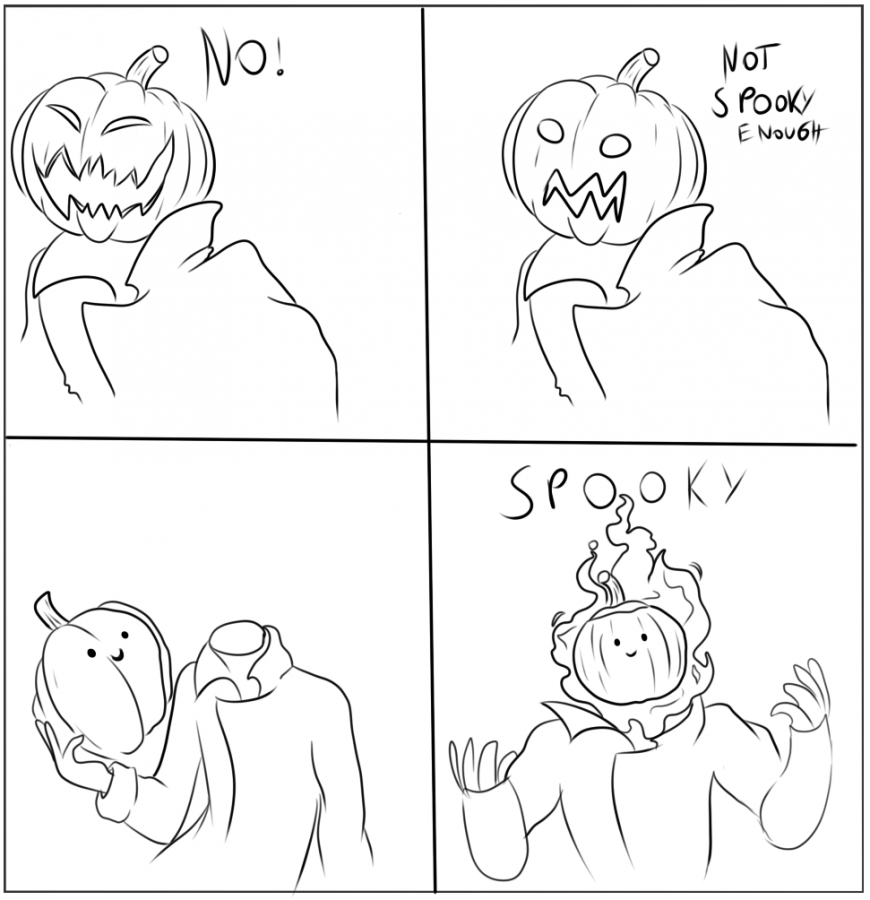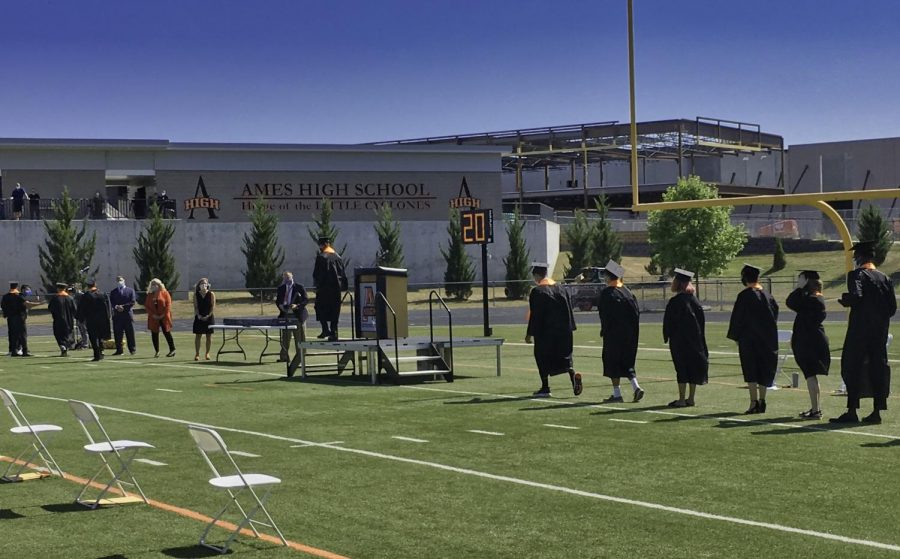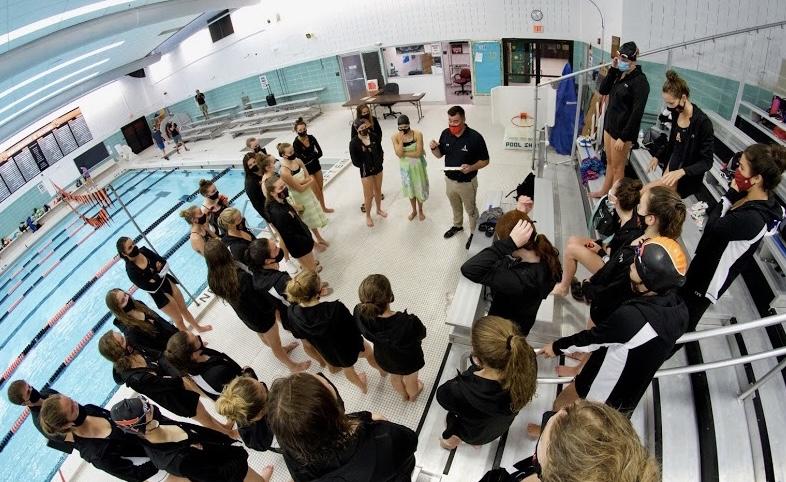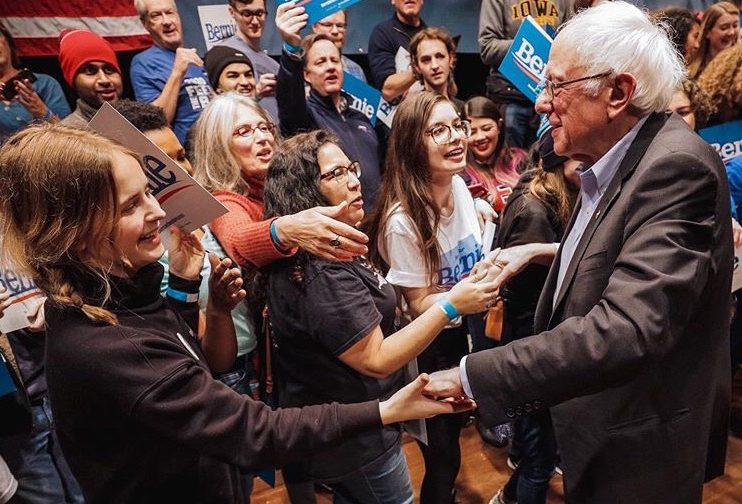One decade. Ten years. A speck in the timeline of the planet, but an eternity in the constantly evolving world of popular music. From the beginning of 2000 through the end of 2009, the decade that is now coming to a close has left its indelible, epochal mark on the world, and musically, it will leave behind a confusing legacy, without a clear sound or style dominating the airwaves. The "noughties" have been a time where anyone with catchy music can become a superstar, and that hasn’t been all bad. And now, as the decade of Backstreet Boys, Nickelback, and Lady GaGa wraps itself up, it’s time to begin exploring the evolution of pop music over these momentous ten years. Perhaps the overarching trend of the evolution of popular music has been its commercialized aspect, and that was only continued in this last decade. From ‘NSync and Backstreet Boys at the beginning to the Jonas Brothers and Justin Bieber at the end of the decade, the charts of the 2000s were constantly being bombarded with manufactured-image artists, created and "pushed" to the top by international record labels. With the popularization of the Internet and bloggers like TMZ and Perez Hilton, artists’ images have had to be much more carefully cultivated by the labels. It’s gotten to the point where Miley Cyrus couldn’t even smoke a little weed on the loading dock in the back of a venue she was playing without multiple reports sent to Hilton, and I assume hundreds of thousands of dollars in bribes paid to the blogger to not pursue the story any further. Poor Miley… These incidents highlight the treacherous path that the music industry travels on when it creates such high-maintenance "image artists"-it must uphold Miley’s innocence, Avril Lavigne’s skater-punk facade, and Kelly Clarkson’s constant happiness, even when the artist wants to break away and show their true self. This is why the Backstreet Boys disappeared for part of the decade – their clean, angelic image eventually became too naive for the demographic it was targeted at (6 to 15-year-old girls, I believe). It also has prevented them from finding a good niche in the adult-alternative audience they have been creating music for recently – the childish image they’ve burned into the memories of Americans is too strong for fans of Counting Crows and the like to ignore. In a way, the manufactured Backstreet image both gave rise to and killed their careers. These incidents highlight the treacherous path that the music industry travels on when it creates such high-maintenance "image artists"-it must uphold Miley’s innocence, Avril Lavigne’s skater-punk facade, and Kelly Clarkson’s constant happiness, even when the artist wants to break away and show their true self. Musically, the ’00s have been rather indefinable, with the exception of productions exemplified by Jay Sean’s "Down" that have used the formula built up throughout the decade. The ’80s were defined by a certain sound, in my opinion – the use of reverb to create a more distant (particularly in the snare drum) sound. The ’90s generally used a cleaner, treble-heavy sound. However, with the increased use of computers in creating music, especially in hip-hop and pop, the "noughties" have had no single sound as the previous decades have, creating a new element of diversity to the music on the radio. The biggest development of the decade, however, was the evolution of the Internet into an essential societal force, and it has become the main source of music for the world. In my opinion, the Internet is the most important thing to happen to music since the advent of recording technology, completely changing the way we hear, buy, sell, create, explore, and share music. We entered the decade buying albums from record and electronics stores; we leave it with iPods blaring songs we bought individually from the iTunes store, free tracks we downloaded from artists’ MySpaces, and, for some, mp3’s taken from file-sharing sites. It’s drastically changed how music is marketed, making the single a viable standalone moneymaker and not just an enticement to buy an album. It’s brought an unforeseen closeness between the artist and their fans. It’s created previously unthinkable amounts of music available for perusing, discovering, and buying from online stores, and by doing so, making hard album copies nearly obsolete. The Internet has also allowed anyone to make it, with just the right touch of catchiness, style, and luck. This is because it’s changed who judges the music to be good or not, and taken a considerable chunk of power out of the hands of A&R ("talent search") men. Would Soulja Boy have been given even ten seconds of consideration had he first passed "Crank Dat Soulja Boy" to a record company? Absolutely not. That’s because they’re looking for the next Jay-Z or Mariah Carey, someone with clear talent and musicality. However, the kid sitting in his basement trodding around the Internet is more likely to dig "Crank Dat," because he’s just looking for a catchy song, something fun to sing along with and dance to. The Internet, in this way, has changed popular music because it’s changed who determines, and therefore what qualities are in, the music that tops the charts. A major effect of the Internet has been the modernization of music as a vehicle for activism. The effect of will.i.am.’s "Yes We Can" videos on the election of Barack Obama was undeniable, and during the heat of the Iraq War, songs like Pearl Jam’s "World Wide Suicide" ran in contrast to pro-war anthems such as Darryl Worley’s "Have You Forgotten?" A few years later, in 2007, an equally politically charged track was released from a rather unexpected artist, one whose unforgettably poignant background and palpable emotion have led me to name it the pop song of the decade: "Hands Held High" by Linkin Park. Never heard of it? It won’t be hard to find it; after all, you do have the Internet to help you now. The Decade in Song The 2000s brought revolutionary musical change, all across the board. Following is a full analysis of the decade through the songs that epitomized styles and genres of the noughties. 1. "Sugar" — Flo Rida — 2009 This track is one of the best examples of the late-2000s mainstream rap/hip hop/pop style-it contains a typical kick-snare pattern, prominent hi-hat, a singer featured in the chorus of an otherwise rap track, plenty of Auto-Tune, probably an overdose of vocal overdubs, and a cacophony of various cheap synths riffing around, making full, exhaustive use of the modern miracle of panning and stereo sound. The female voice (some "R&B" singer named Wynter) sings the main melody from another early-decade, now-faded hit, "Blue" by Eiffel 65. Honestly, Mr. Rida, originality is not a crime. 2. "Crank Dat Soulja Boy" — Soulja Boy — 2007 Terrible. Pitiful. Miserably unoriginal. Sure, "Crank Dat" is all of those things, but, as explained in the main article (see above), it works because it’s exactly what the kids want. There’s not much to analyze here, and that’s the point-it’s simple, childish, and catchy, plus there’s a dance to it that’s quite popular in the inner-city, apparently. Wait-the song is actually just explaining how to do the dance? Oh, okay; I didn’t think "And now Superman that ho" was a dance move. 3. "Heartless" and "Love Lockdown" — Kanye West — 2008 Marking the point of Kanye’s music Reformation, these two tracks were at first hated, but eventually embraced (the exact opposite of the Auto-Tune program with which Kanye was able to create something musical out of his….less-than-stellar singing) as masterful uses of technology and minimalist beats. At one point in "Lockdown," Mr. West purposefully clips the audio on the word "overload," which is probably the most literal use of emotion there. Kanye doesn’t just combine emotion with Auto-Tune, he uses it to his advantage and does a lot of subtle things with it. He may be rude, but he is a true artist and he proves it here. This album, 808s and Heartbreak , has been shown in the last year to be a great influence on musicians, who seem to be imitating his style more than they want to admit. 4. "Poker Face" — Lady GaGa — 2008 It would be stupid to talk about 2008 and 2009 in pop music without mentioning Perez Hilton’s "wife," also known as Lady GaGa. "Poker Face" is probably the most successful of her hits, and it’s fairly easy to explain why: it’s made for the dancefloor. Such an infectious beat. Such simple, yet fierce lyrics. You can’t forget "p-p-p-poker face" even if you wanted to. Not even Amy Poehler could escape from singing it on "Parks and Recreation." 5. "Gold Digger" — Kanye West — 2005 Not much to say about this song, and that’s the point. "Gold Digger" was successful because of its simplicity and catchiness, something that would be echoed in his 2008 landmark album 808s and Heartbreak . Besides being one hell of a talent, Kanye West as producer is important to understanding the decade because of his use of vocal samples, which he helped make ubiquitous, and this track was perhaps his most obvious use of such. 6. "You Belong with Me" — Taylor Swift — 2008 Very few times has a country artist been so successful in the mainstream. Taylor Swift is clearly one of those artists. "You Belong With Me" is perhaps the best example of her use of down-home, simple country music to come across as a genuine, authentic girl with emotions, problems, hopes, and loves. It also shows how 2000s audiences were willing to accept a different style of music wholeheartedly if it was catchy enough. Also, the fact that Taylor is gorgeous does not detract from her success as a crossover artist. 7. "Feel Good, Inc." — Gorillaz — 2005 Ignore the fact that Gorillaz are an "animated band." While that’s interesting in itself, what I’m more concerned with is how this song demonstrates not only the trend of "crossover" music-here it’s a blend of hip hop, and electronic, and features a few verses from rap legends De La Soul-but the extension of sampling into the "alternative" genre. Damion Albarn is a modern musical genius, and the background of gentle guitars and whispers that he lays down is simply golden. 8. "Clocks" — Coldplay — 2002 The adult-alternative delegate to mainstream radio in the ’00s, Coldplay have continued the legacy of popular-yet-mature music begun by artists like Counting Crows and Spin Doctors in the ’90s. Arguably their biggest hit behind "Viva la Vida," and their most successful single to use the traditional rock-band arrangement, "Clocks" is dreamy but powerful, steeled but wistful, and grounded-aware of the toils of life around it-but slightly ethereal, attempting to make sense of the world and, ultimately, to rise above it in love. The piano part’s catchy, too. 9. "Boulevard of Broken Dreams" — Green Day — 2004 After a few decades of being three-chord pop-punk, Green Day finally refined their sound in 2004 with the hugely successful and important "American Idiot." This song, the best-performing (chart-wise) of the five massively popular singles from the album, is punk with sentiment, slowed down and matured out a little. It still retains the hardness of the rest of the band’s catalog, but its emotion and desolation make it the most accessible track Green Day has ever produced. 10. "Mr. Brightside" — The Killers — 2004 The national rock scene of the decade began with post-grunge bands like Nickelback, but halfway through, a trio of bands with more "danceable," less gritty sounds broke onto the mainstream: The Bravery, Franz Ferdinand, and The Killers. The latter has been the most successful, although 2006’s Sam’s Town did take the band from downtown Manhattan to somewhere in Wyoming. "Mr. Brightside" is the clear example of the dance-punk/dance-rock/post-punk (depending on which Pitchfork reviewer you ask) movement that swept through the alternapop scene in the middle of the decade. "Guitars, synths, and hi-hats having a party in New York City" might be a good way to describe the track, but one must remember the "…my stomach is sick/but she’s touching his….chest" line in the pre-chorus before calling it too serious. 11. "Rebellion (Lies)" — Arcade Fire — 2004 Funeral. Mention Arcade Fire’s debut to any hipster and they will probably have a heart attack, spouting words such as "lush" and "grandeur" as they fall. And I don’t blame ’em. The album is probably the greatest indie debut, ever. It has the raw energy of youth, the musical maturity of old age, and the poor recording quality that makes it sound like it was recorded in a small analog studio, which it was (multiplying its indie cred by about a thousand). "Rebellion (Lies)" is the height of its ingenuity: a catchy-as-hell, euphoric anthem of children staying up late. 12. "Two Weeks" — Grizzly Bear — 2009 Brooklyn’s Grizzly Bear presents the quintessential noughties indie track: rustic-sounding, manicured to sound in a disarray, choruses moaning in the wings, and memorable melodies everywhere. If Win Butler was trying to leave a legacy with Funeral , this is exactly where he left it. 13. "Use Somebody" — Kings Of Leon — 2008 This position should really be a Nickelback song, but I’d rather get hit in the face with Lady GaGa’s fire-tits contraption than talk about Nickelback in depth, so here is Kings of Leon. With all the gadgetry and electronization of rock in the decade, many artists revolted and just played rock, straight up. "Use Somebody" tapped into the mainstream, but not because it’s a sellout. Rather, this song’s popularity is due to its authenticity: grittiness, edginess, and sing-a-long anthem quality. 14. "The Great Escape" — Boys Like Girls — 2006 It sucks, but pop-punk occupied a large part of the mainstream rock scene in the noughties. Lack of originality (Boys Like Girls’ subsequent single "Love Drunk" actually had the exact same chord progression as this one), over-simplicity, too many guitars, and meaninglessly rebellious lyrics: Yup, we’ve got a hit here. To me, the most important part of a mainstream track is its chorus, and this song does not disappoint, with a thousand-foot scream from the rooftops. Should it be a hit? No, at least in my opinion. But did it hit all the right notes to appeal to the 16-year-old Valley girls driving to the mall blasting "bad ass" music? Absolutely, and that’s why it-and so many other similar singles by so many other similarly worthless bands-was so successful. 15. "Viva la Vida" — Coldplay — 2008 Here it is: my favorite mainstream pop song of the decade. Why? Because it is (ignoring the multitude of alleged-and probably true-plagiarizing that Chris Martin did) the most original-sounding. Dreamy, catchy, and yet still intelligent and experienced, the strings provide probably the most recognizable intro of any 2000s track. Martin provides incredible lyrics, dropping names such as St. Peter, and the myriad of auxiliary percussion come together to make the most unorthodox, but still the best, number-1 hit of the noughties. Top Albums of the Year 2009 was a great year for popular music, with many renowned artists releasing albums that redefined themselves and a plethora of new, brilliant artists breaking onto the scene. Here are my favorite albums from the year: 1. Manners – Passion Pit -May 19 2. Wolfgang Amadeus Phoenix- Phoenix- May 12 3. The Resistance- Muse -September 14 4. Man on the Moon – KiD CuDi -September 15 5. Merriweather Post Pavilion- Animal Collective -January 6 6. The Blueprint 3- Jay-Z -September 8 7. Veckatimest- Grizzly Bear -May 16 8. K.O.D. – Tech N9ne -October 27 9. Lost Channels – Great Lake Swimmers -March 31 10. No Line on the Horizon – U2 -March 2
Categories:
A Decade of Song: a full analysis of music of the "noughties"
Scott MacDonald
•
December 18, 2009
Story continues below advertisement
0
Donate to The WEB
$200
$450
Contributed
Our Goal
Your donation will support the student journalists of Ames High School, and Iowa needs student journalists. Your contribution will allow us to cover our annual website hosting costs.

